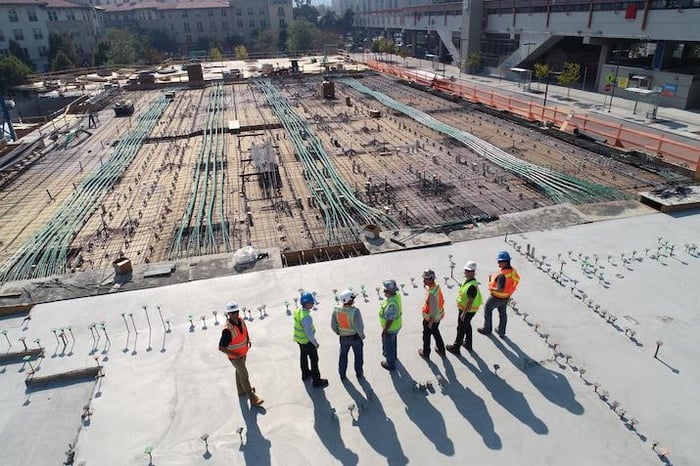
Are we taking any lessons from the recurring issues and shortcomings we encounter during our construction projects? It is evident that little or no learning from past mistakes has occurred when we continue to observe the same types of errors in the construction sector. One definition of insanity is performing the same actions repeatedly while expecting different outcomes. Hence, it is imperative to emphasize quality improvement within the construction projects and the construction sector in general.
And it seems to be getting worse.
If we do not do something to reverse the trend, it is only a matter of time before the chaos will crush us.
And there are no shortage of lessons to be learned and learning from them could change everything. Even a modest amount of learning from previous mistakes would tip us in the right direction.
“Failure is simply the opportunity to begin again, this time more intelligently.” Henry Ford
Every deficiency encountered can be turned around and to be honest, the vast majority are very simple enough to fix in a short amount of time and effort.
In the construction industry, our lack of teaching is a contributing factor to the prevailing challenges we face. One crucial aspect of effective teaching is the clear communication of important labor statistics, especially for general contractors who play a key role in the industry. By addressing this teaching gap, we can strive to improve our overall understanding and performance in the field.
Step in Quality Managers, they are in the perfect position to make this happen.
Here are 5 things you can do to establish a lessons-learned program at your company:
- Organize your lessons learned into specialty, e.g., by department, or by trade. Each will operate as a separate class.
- Create a list of the top ten recurring mistakes for each specialty. Analyze recurring defects from inspections and punch lists.
- Schedule monthly 15-minute lessons with each team, preferably as an agenda item on an existing meeting or tailgate talk. The most effective sessions occur when the subject matter expert that delivered the lesson also leads the discussion.
- Prepare a one-page lessons-learned sheet that communicates the problem, the reason why it’s important to get it right, and what ‘right’ means. Involve subject matter experts to give credibility. Documented in a way that can be understood and applied on future projects. These lessons can be used years into the future. You do not need to do them all at once – just stay ahead of the next step.
- Follow up on lessons learned during inspections. Enhance your checklist templates with specific checks for lessons learned. Recognize those that get it right and take the opportunity to help the outliers be successful as well. Soon everyone will learn that lessons learned is serious business.
The key to success is the steady routine of continuous improvement.
If by the end of the year, your top 10 issues have been substantially reduced, then this can change everything.
Quality Management Software (QMS) designed with lessons learned in mind can make the job so much easier:
- Analyze and prioritize the top 10 recurring issues by team.
- Analyze the root cause by examining a history of deficiencies for each issue with the pictures and notes originally used to resolve the issue.
- Attach lessons learned as references to the relevant checkpoint, so it is always available when it is needed most.
- Keep track of personnel participation in lessons learned in a method like the safety toolbox talks.
- Track trends and measure results using data from routine inspections.
Get Started
Integrating a lessons-learned program for building construction may initially seem like a daunting task, further burdening your workload. However, breaking it down into smaller programs can offer a more feasible approach. This approach enables a focused analysis of construction activities and construction work, facilitating the identification of areas in need of improvement and promoting learning from past experiences.
Pick one department / specialty trade. Focus on this to start with. You can also focus on a limited number of projects. This will get the program rolling and provide you with a framework when you roll out the program to the other trades and other projects.
Once the program starts reducing the top ten issues and the benefits become obvious, then there are often more resources to be found to roll out the program.
Get the Ball Rolling
A lessons-learned program is often the difference between a high performing company and one that is simply average.
If you want to reduce your top 10 issues and implement a continuous improvement loop, then you should take our Demo.
This is no ordinary demo. Since the early 1980s, the FTQ360 team have been pioneering the development of construction quality and safety systems.
Your Demo session will be conducted by a knowledgeable expert in your industry. We will discuss and show you solutions to your specific Quality and Safety problems.

